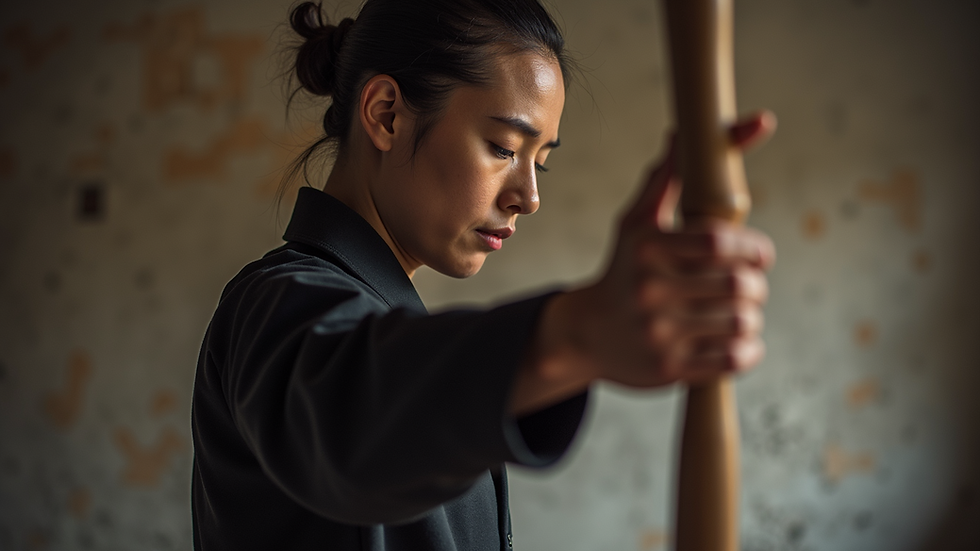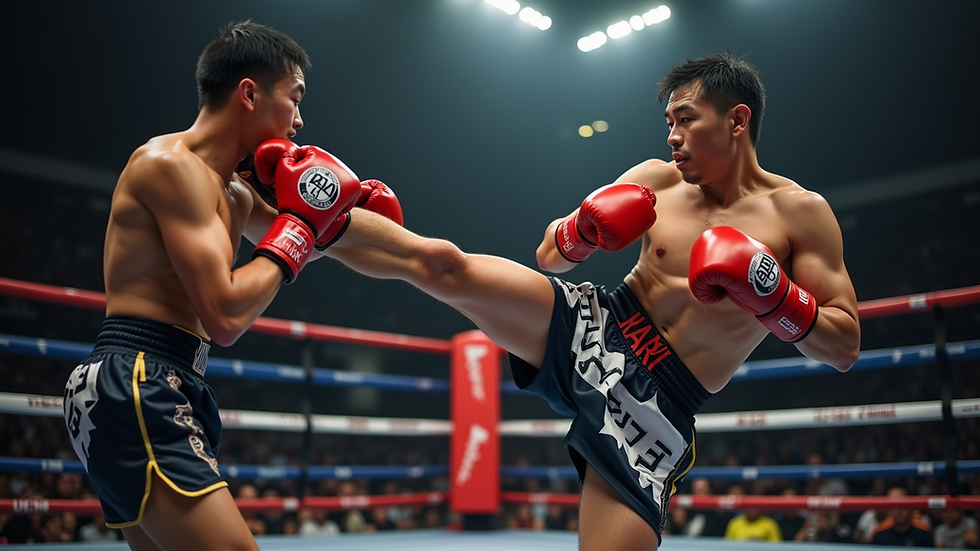Unlock the Secrets of Serrada Escrima: Advanced Training Tips
- cprakit
- Jul 23
- 4 min read
Serrada Escrima is a fascinating martial art that combines fluid movements with practical self-defense techniques. If you are looking to elevate your skills, you have come to the right place. This post will explore advanced training tips that can help you unlock the secrets of Serrada Escrima.
Whether you are a seasoned practitioner or just starting, these insights will enhance your training experience.
Understanding Serrada Escrima
Serrada Escrima is a Filipino martial art that focuses on stick fighting, knife techniques, and empty-hand combat. It emphasizes close-range combat and quick reflexes.
The beauty of Serrada lies in its adaptability. Practitioners learn to respond to various situations, making it a practical choice for self-defense.
As you advance in your training, understanding the core principles of Serrada Escrima becomes essential.
Key Principles of Serrada Escrima
Distance Management: Knowing when to engage and when to retreat is crucial.
Timing and Rhythm: Developing a sense of timing can help you anticipate your opponent's moves.
Flow and Adaptability: Being able to flow from one technique to another is vital.
Mindset: A strong mental attitude can enhance your performance.
By focusing on these principles, you can improve your skills and become a more effective practitioner.
Advanced Techniques to Master
Once you have a solid foundation, it is time to explore advanced techniques. Here are some that can take your training to the next level.
1. Angles of Attack
Understanding angles is crucial in Serrada Escrima. Practicing different angles of attack can help you become more unpredictable.
High Angle: Targeting the head or upper body.
Low Angle: Aiming for the legs or lower body.
Side Angle: Attacking from the side to catch your opponent off guard.
Incorporate these angles into your drills to enhance your versatility.
2. Counter Techniques
Countering your opponent's moves is a vital skill. Here are a few effective counter techniques:
Parry and Strike: Use your weapon to deflect an attack and immediately counter with a strike.
Disarm Techniques: Learn how to disarm an opponent effectively.
Footwork: Good footwork can help you evade attacks while positioning yourself for a counter.
Practice these techniques regularly to improve your reaction time and effectiveness.
3. Flow Drills
Flow drills are an excellent way to practice transitions between techniques. They help you develop fluidity and adaptability.
Partner Drills: Work with a partner to practice flowing from one technique to another.
Solo Drills: Use a mirror to practice your movements and ensure proper form.
Incorporating flow drills into your training routine can enhance your overall performance.
Sparring: The Ultimate Test
Sparring is where you can put your skills to the test. It allows you to apply what you have learned in a controlled environment.
Tips for Effective Sparring
Stay Relaxed: Tension can hinder your performance.
Focus on Technique: Prioritize technique over power.
Learn from Each Session: Reflect on your sparring sessions to identify areas for improvement.
Communicate with Your Partner: Discuss what worked and what didn’t after each sparring session.
Sparring can be challenging, but it is also one of the most rewarding aspects of training.
The Importance of Conditioning
Physical conditioning is essential for any martial artist. It enhances your strength, endurance, and overall performance.
Conditioning Exercises
Cardio: Running, cycling, or swimming can improve your stamina.
Strength Training: Focus on exercises that build core strength and overall muscle.
Flexibility: Incorporate stretching routines to improve your range of motion.
A well-rounded conditioning program will support your training in Serrada Escrima.
Mental Preparation
Mental preparation is just as important as physical training. A strong mindset can make a significant difference in your performance.
Techniques for Mental Preparation
Visualization: Imagine yourself successfully executing techniques.
Breathing Exercises: Practice deep breathing to stay calm under pressure.
Goal Setting: Set achievable goals to keep yourself motivated.
By focusing on mental preparation, you can enhance your overall training experience.
Community and Support
Training in Serrada Escrima is not just about individual practice. Being part of a community can provide support and motivation.
Finding Your Community
Join a Local Dojo: Look for schools that offer Serrada Escrima classes.
Attend Workshops: Participate in workshops to learn from experienced practitioners.
Online Forums: Engage with online communities to share experiences and tips.
Having a support system can make your training journey more enjoyable and fulfilling.
Embracing the Journey
As you continue your journey in Serrada Escrima, remember that progress takes time. Celebrate your achievements, no matter how small.
Tips for Staying Motivated
Track Your Progress: Keep a journal of your training sessions.
Mix Up Your Routine: Try new techniques or training methods to keep things fresh.
Stay Curious: Always be open to learning and improving.
The journey of mastering Serrada Escrima is ongoing. Embrace the challenges and enjoy the process.
Final Thoughts
Unlocking the secrets of Serrada Escrima requires dedication, practice, and a willingness to learn. By focusing on advanced techniques, conditioning, mental preparation, and community support, you can elevate your skills to new heights.
Remember, every practitioner’s journey is unique. Stay committed, keep training, and enjoy the art of Serrada Escrima.



コメント